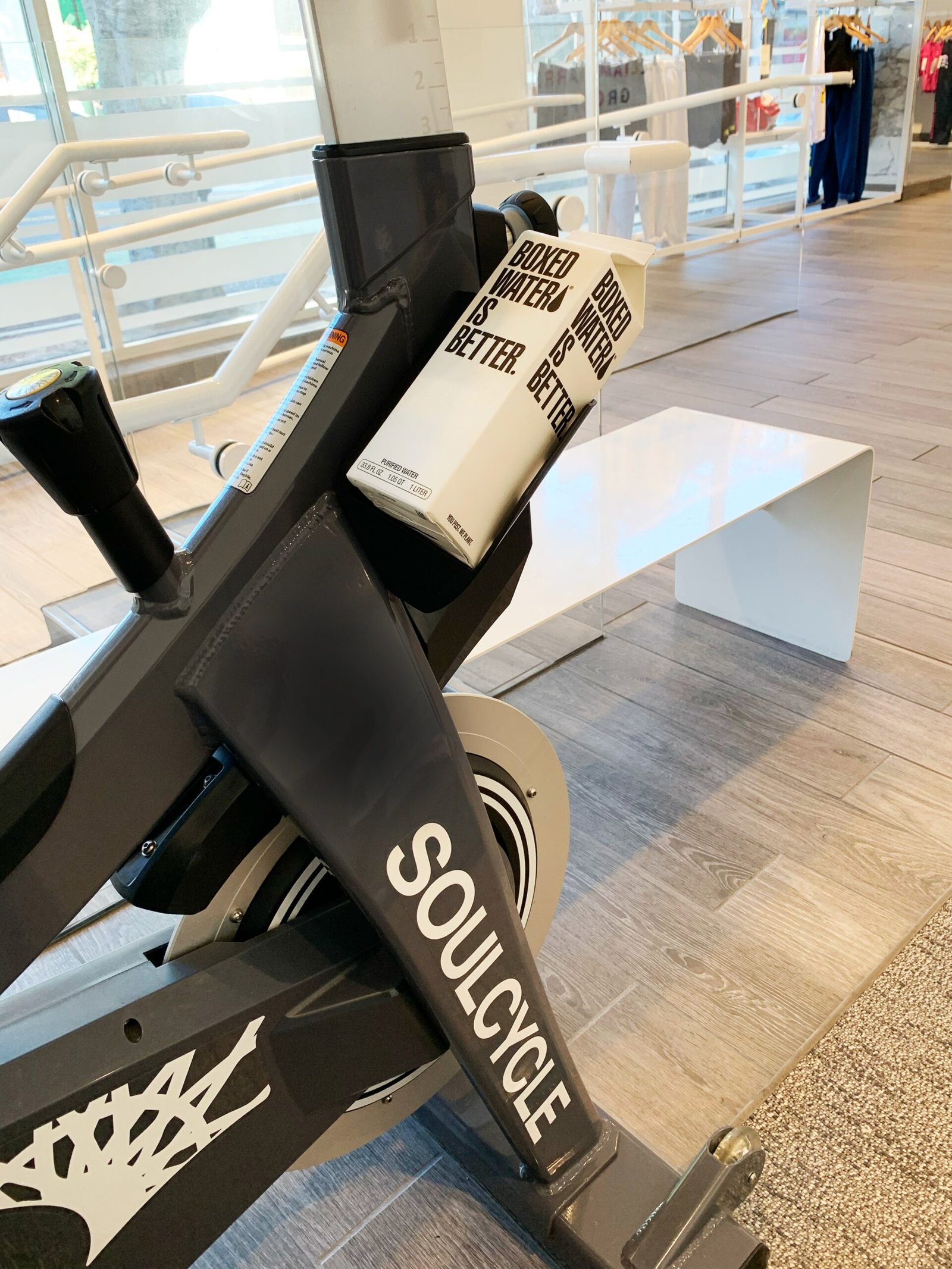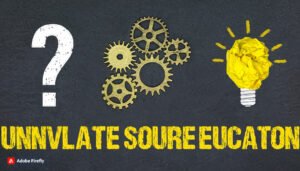Optimizing Nutritional Education in Wartime Diet Planning

The Crucial Role of Nutrition in Wartime
In times of turmoil and war, nutritious food takes on a paramount significance. Nutrition becomes a linchpin for both survival and resilience, given the physical and emotional demands placed on individuals, whether they are troops on the front lines or civilians struggling to preserve their well-being amid turmoil and scarcity. This extensive study digs into the fundamental features of nutritional education in the design of a wartime diet, highlighting the significance of a balanced diet and giving new solutions.
- Recognizing the Effects of Combat Nutrition
War offers a number of stressors and challenges that greatly effect diet. People suffer increased levels of stress, physical tiredness, and typically have restricted access to a range of fresh and nutritional foods. This can lead to a range of nutritional concerns, including:
Malnutrition: A shortage of important nutrients can result in malnutrition, which has adverse effects on both physical and mental health.
Food lack: The lack of different food sources can make it difficult to meet nutritional needs and lead to inadequacies.
Psychological Stress: The mental toll of war can alter individuals’ eating patterns, potentially resulting in unhealthy food choices and eating disorders.
rehabilitation: Proper diet is crucial in the rehabilitation process for those who have experienced combat-related injuries.
- The Function of Nutritional Education
a. Spreading Knowledge
Nutritional education has a major role in minimizing the deleterious consequences of wartime diet. Educational activities should focus on:
Specific Nutritional Needs: Raising awareness about the particular nutritional requirements during times of conflict.
Balanced Diet: Emphasizing the need of a balanced diet for both physical and mental wellbeing.
new Solutions: Educating individuals on coping with food shortages and rationing using new techniques.
b. Dietary Recommendations and Customization
Nutritional recommendations should be customized to the individual requirements of different groups, considering characteristics such as age, gender, amount of physical activity, and pre-existing medical issues. For example:
High-Protein meals: Soldiers may require high-protein meals to support their physical performance.
Special Considerations: Children and pregnant women have different nutritional needs for growth and development.
- Innovative Approaches to Wartime Nutrition
a. Public Gardens
Promoting the establishment of community gardens can be a highly beneficial approach. Even in the middle of turmoil, individuals can plant own fruits and vegetables, ensuring a fresh and diverse supply of food. Additionally, gardening functions as a therapeutic and stress-reducing exercise that boosts mental wellness.
b. Nutritionally Rich Foods
Encouraging the consumption of nutrient-dense foods, such as dried fruits, nuts, and legumes, is vital. These meals offer a concentrated dose of important nutrients and are perfect for rationing due to their extended shelf life.
c. Educational Initiatives
Launching educational efforts to teach the public about the nutritional content of easily available foods and how to make the most of them is crucial. Employing current communication techniques such as radio broadcasts, web resources, and posters can facilitate the spread of this vital information.
- The Roles of NGOs and Government
a. Food Distribution Programs
Collaboration between the government and non-governmental organizations (NGOs) is vital in establishing initiatives for the equitable distribution of food supplies. Vulnerable groups, including children, the elderly, and those with disabilities, should receive priority to suit their special nutritional requirements.
b. System of Ration Cards
Implementing a ration card system can ensure that people obtain basic foods according to their particular needs. This strategy helps minimize hoarding and assures fair and equitable distribution.
- Wartime Nutrition Innovation
a. Techniques for Food Preservation
Developing and promoting innovative food preservation techniques, such as canning, drying, and pickling, is crucial. These approaches extend the shelf life of perishable goods and considerably boost the practicality of maintaining a balanced diet.
b. Mobile Nutrition Clinics
Establishing mobile nutrition clinics that provide on-the-spot instruction and provide nutrients to individuals in need is vital. This technique not only tackles dietary inadequacies but also gives essential education.
- Emotional Health and Nutrition
a. Stress Reduction
Incorporating stress reduction approaches into nutritional education is crucial. Methods like yoga, meditation, and deep breathing exercises might help individuals reduce stress and make healthier food choices, lessening the likelihood of stress-related eating disorders.
b. Support Organizations
Creating support groups and community events where individuals may discuss their struggles and share coping skills, including new cooking techniques and wartime recipes, is an important element of nutritional education.
- Evaluation and Monitoring
a. Regular Evaluations
Continuously monitoring and reviewing the success of nutritional education campaigns is crucial. This constant examination ensures that plans stay feasible and adaptive in response to changing conditions.
b. Feedback Loops
Establishing feedback systems allows individuals to share their thoughts on the difficulties they experience and make suggestions for improving existing programs. This participative method can boost the relevance and impact of nutritional education.
Conclusion
The importance of maximizing nutritional education in wartime diet planning cannot be emphasized. It has a dramatic impact on the well-being and resilience of persons confronting the rigors of conflict. By expanding awareness, providing practical information, and implementing innovative solutions, we empower people to make informed nutritional choices, meeting both their physical and psychological requirements. The coordinated efforts of governments, NGOs, and cutting-edge nutritional techniques are important in ensuring that nourishment remains a source of hope even in the most bleak conditions. Education and innovation serve as beacons of resilience, enabling humans to not just survive but thrive in the face of adversity.





